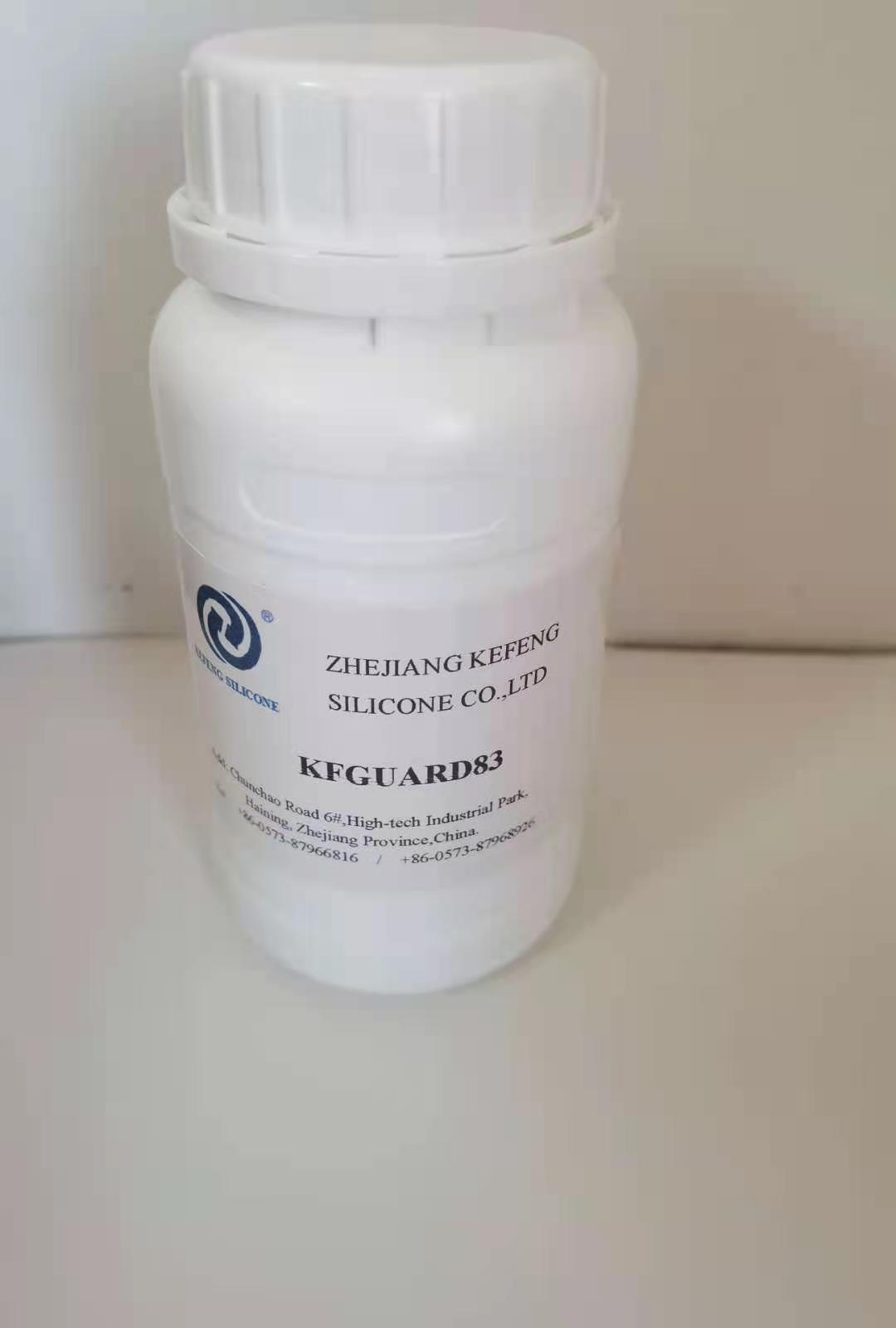

Views: 0 Author: Site Editor Publish Time: 2022-10-26 Origin: Site

Printing auxiliaries are substances that improve the staying power, brilliance and strength of printed materials. They also act as pigment fixers. Some printing auxiliaries are silicone-based, and these improve the dry-to-rub properties of printed materials. Some are used in solvent-free pigment print pastes.
The market for textile printing auxiliary is estimated to grow at a CAGR of over % during the forecast period (2019-2022). This report offers a comprehensive analysis of the global, regional and country-level markets. It covers key assessments, sales analysis, competitive landscape, and market forecasts from 2019 to 2022.
The Global Printing and Dyeing Auxiliary market is classified based on the type, application, and region. The printing auxiliaries category includes a broad range of products, ranging from textile chemicals to binding agents and cross-linking agents. In addition to providing good printing and dyeing performance, these products also provide high-fastness for textile materials.
Generally, printing auxiliaries are formulated solutions, which are specially designed for the fabric and dyeing process. Some of these products are available as liquids. These products have been developed for various textile materials, including cotton and polyester. They prevent foam formation and eliminate air entrapment.
The new thickener helps in improving the quality and efficiency of the printing process. The thickener has a suitable viscosity, and is sticky and thixotropic. It prevents the printing paste from sticking to the printing tool and fabric. Unlike traditional pastes, it is easy to clean and desalinate. This helps in increasing the work efficiency and reducing the defective rate.
After the printing process, the fabric is washed. It is then used to fix the print, either by hot air or steam. The dyestuff is then removed from the fabric. Then, the fabric is dried. If printing on a carpet, the intermediate drying is not required. The process saves energy, and the final process involves washing and drying.
Another important feature of an auxiliary printing machine is the ability to record operator actions and notes. The auxiliary printer displays this information on a printed form. The dispatcher notes down the reason for the action on the printout. Usually, there are 5-10 different printing pastes for printing one pattern. In some cases, up to twenty different pastes are used. Modern printing plants use special devices that can measure printing paste quantities accurately. This prevents left-overs at the end of a printing run.
